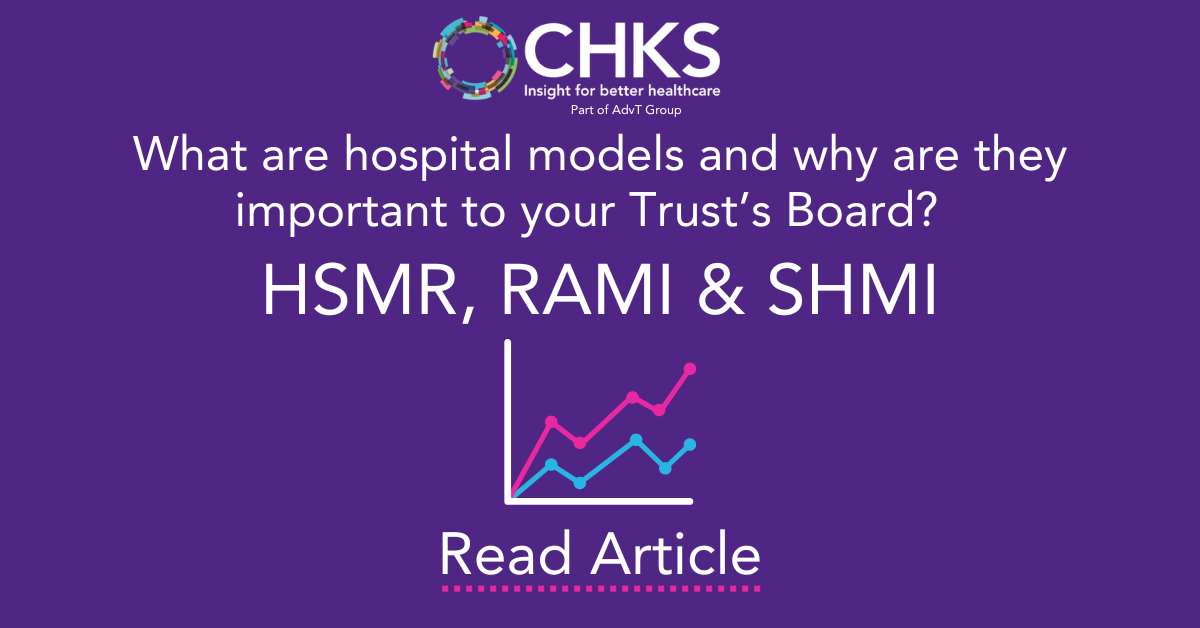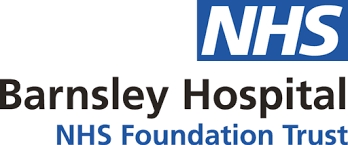
What are hospital models and why are they important to your Trust’s Board?
For hospital boards, navigating mortality data can be a complex task. When the board asks: ‘Which mortality measures should we be looking at?’, a nuanced answer is often not enough to provide the necessary insight to effect change.
The detail and right measures and models are needed to assure the board that they're taking the right actions to improve patient care, optimise quality, and reduce avoidable deaths.
For many information managers, chief information officers and medical directors within the NHS, mortality measurement can provide helpful insight into the quality of care currently being offered at their hospitals. However, interpreting mortality models poses a challenge. For example, what type of mortality measures are best for the outcomes that are required?
So, what are mortality models, and why are they so important to get right for the decision-making process of your board?
_png_70054e75fe4af7eaeb7469618b2d3158.png)
What Are Mortality Models?
Mortality models are statistical tools used to assess the quality of care provided by a hospital.
There are several models in use, each with its own strengths and limitations:
Risk Adjusted Mortality Indicator (RAMI): A CHKS model that monitors mortality based on actual death rates across the UK, including all patients and diagnoses.
Summary Hospital-level Mortality Indicator (SHMI): A single monthly measure by NHS Digital that includes post-discharge deaths and a shorter reference period.
Hospital Standardised Mortality Ratio (HSMR): Developed by Dr. Foster Unit, it considers factors like patient deprivation not included in other models.
Understanding the differences between these models is crucial for interpreting the results effectively. For a deeper dive into their calculations and how they can be best utilised for your hospital, please refer to our comprehensive report: Read Here
Our report clearly explains the way that each mortality measure is calculated, we provide crucial insight which can be used by clinicians and executives to ensure that the most appropriate mortality assessment is being made. This insight is critical to service review and planning.
Why are Mortality Models important?
There is a vast amount of data available to acute hospitals across the NHS provider landscape alongside this there is a continuous pressure for staff to deliver high-quality, safe, and effective patient care. Mortality models help turn that data into actionable insights. Here's why they matter:
Measure Different Aspects of Care: Different models capture different aspects of care. SHMI focuses on post-discharge deaths, while RAMI includes all patients, helping identify anomalies and trends.
Benchmarking: Benchmarking Is not just about internal performance. By comparing your hospital's mortality rates with others, you can identify areas for improvement and set achievable goals. Benchmarking enables a board to compare their performance against other organisations, investigate reasons for variations, develop performance indicators, generate supporting evident for CQC and NHS improvement meetings.
What Are The Benefits of Using Mortality Models?
As Dr. Susie Orme, Associate Medical Director at Barnsley Hospital NHS Foundation Trust, shares:
"CHKS' mortality review reports with peer comparisons allow us to identify areas excelling and those needing improvement. The data facilitates internal and external benchmarking, supporting quality improvement efforts. The learnings help us focus on areas where patient pathways can be enhanced."
By understanding mortality models and using them effectively, hospital trusts can gain valuable insights to improve patient care, optimise services, and achieve excellence.

About CHKS Benchmarking:
At CHKS, our commitment to transforming healthcare analytics and insights is backed by over 30 years of extensive NHS data expertise. Our unique services have empowered healthcare providers and leaders to effectively navigate service improvements and has supported their journey to healthcare excellence.
Through our services we have provided organisations access to actionable benchmarking insights by amalgamating data from various sources to monitor performance. Our clients have leveraged our benchmarking services to compare their performance against their own gold standard, other organisations along with conducting thorough mortality profiling. They have also been able to drill down to patient and clinician level indicators to identify outliers and support clinical reviews.
In addition to this, clients enjoy the ability to monitor and report on performance across various organisational levels, including trust, division, and specialty; being able to investigate reasons for variations in performance and having the ability to quickly generate supporting evidence for CQC and NHS Improvement meetings.